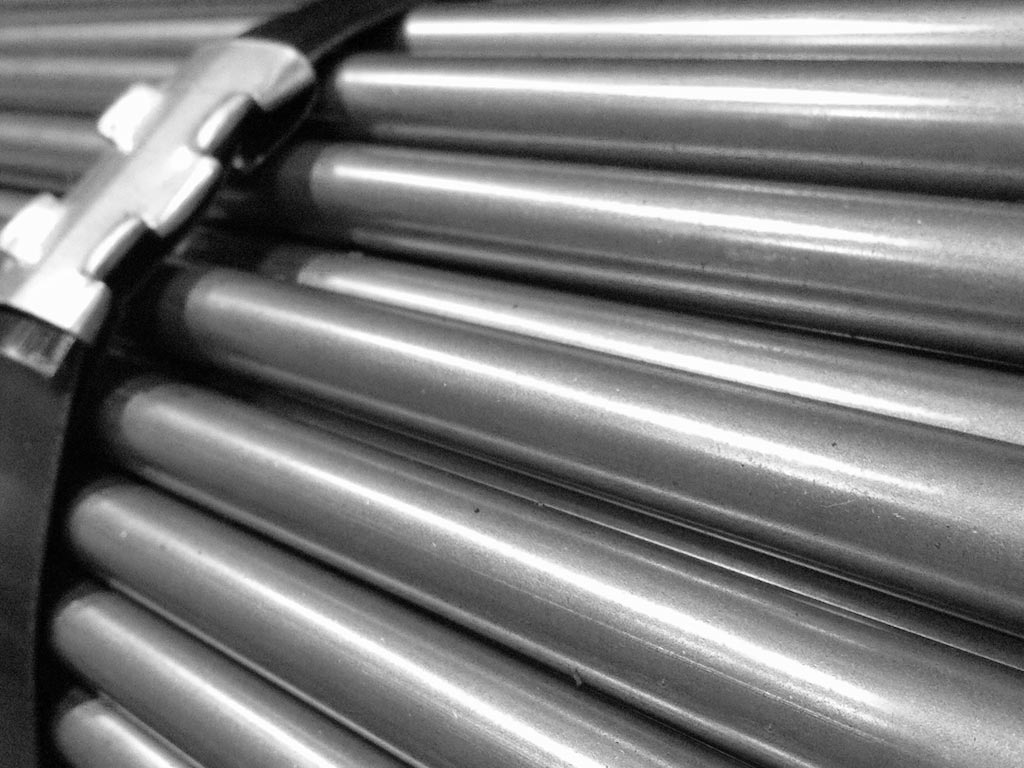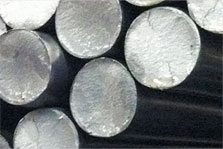

  Supporting Our Customers PURCHASING MANAGER WIRE MANUFACTURING COMPANY |
|
Cold Finishing is the term generally used to distinguish products that have been subject to cold processing from the as rolled original section. Cold finishing comprises the following classifications:
Cold Drawing
Cold drawing has been used for a great many years to improve the as-rolled condition of hot rolled bars, rounds, squares, hexagons, flats, and a variety of sections termed "special shapes."
Other processes such as cold drawing and grinding, cold turning and polishing, and cold grinding and polishing are used to refine the as rolled condition of hot rolled bars, but by far the largest demand is confined to cold drawn bars.
Various practices are employed to obtain the maximum effects of cold drawing, but generally speaking, TSW's standard practice would averages as follows:
Cold drawing is by far the outstanding method yet developed that will improve, at minimum costs, the surface imperfections, lack of true cross section, straightness and many other defects constant in hot rolled products. The advantages of cold drawing are not confined to the above mentioned improvements as it-is the only operation besides heat treatment that produces a marked effect on the physical properties of the as-rolled original section . Of course, different results are obtained in physical properties due to the varying sizes and analysis.
The reduction in the as-rolled original section varies with different analyses and the required physical properties. Generally speaking, the original hot rolled section is reduced about 1/16th" of an inch plus the average rolling tolerance of the original section.
Cold drawing radically reduces the necessity of extra machining and straightening operations and eliminates considerable heat treating. Cold drawing has a very decided influence on another important property of steel-machinability. Comparative tests on the same material, machined in both the as rolled and cold drawn condition, show that from 15% to 20% greater production is obtained in machining cold drawn bard in automatic screw machines. The problem of machinability is very complex as it is made up of varying factors which cannot always be evaluated or stated in absolute terms.
Cold Drawn Bars also supplied in the Ground and Polished state where maximum uniformity and close tolerance to size in the overall dimension is essential. This class of material is usually supplied in Rounds 1 1/8" and smaller.
Cold Turning / Grinding & Polishing
Cold Turning plays a very important part in Cold Finished Steels. While this process does not produce any marked change in the physical properties of the original section, it does have a distinctive effect on the surface. The principle results of cold turned bars are:
Cold grinding has the same effect on the original section as cold turning. This process further improves the qualities of the cold turned bar to a greater degree from the standpoint of (1) uniformity of section, (2) improved size tolerance and (3) bright, smooth finish.
Cold grinding is essential where maximum uniformity in the overall dimension is a requisite.